Why 3-in-1 Technologies?
Confocal
Confocal profilers have been developed in order to measure the surface height of surfaces, from the smooth to the very rough. This confocal profiling offers the maximum lateral resolution; up to 0.14 μm line and space. This resolution can be reduced to 0.01 μm with spatial sampling, which is perfect for critical dimension measurements. In order to measure smooth surfaces with steep local slopes over 70o (and rough surfaces up to 86o), high NA (0.95) and magnification (150X) objectives are available. The proprietary confocal algorithms deliver vertical repeatability on the nanometer scale.
Interferometry
Phase Shift Interferometry (PSI) was created in order to measure the surface height of smooth and continuous surfaces, for all numerical apertures (NA), with sub-Angstrom resolution. To measure large fields of view with the same height resolution, very low magnifications (2.5X) can be employed.
Coherence Scanning Interferometry (CSI) scans the surface height of smooth to moderately rough surfaces using white light, achieving 1 nm height resolution at any magnification.
Ai Focus VariationNEW
Active illumination Focus Variation, an optical technology, has been developed in order to measure the shape of large rough surfaces. Based on Sensofar’s wide-ranging expertise in combined confocal and interferometric 3D measurements, this technology is purpose-built to complement confocal measurements at low magnification. The use of active illumination has improved its scope, offering more reliable focus location even on optically smooth surfaces. The technology’s capabilities include high slope surfaces (up to 86o), highest speed (up to 3mm/s) as well as large vertical range measurements.
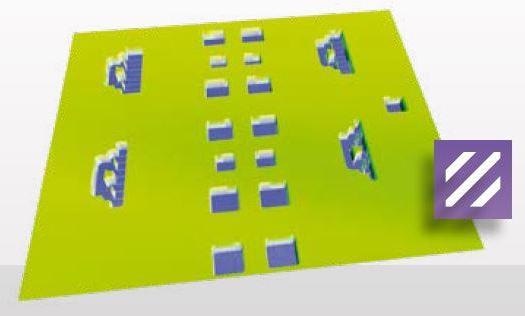
No Moving Parts
Sensofar’s confocal scanning technique is a Microdisplay Scan Confocal Microscope (ISO 25178-607). Data acquisition is fast, accurate and consistent, as the microdisplay creates a rapidly switching device with no moving parts. Sensofar’s confocal technique offers a world-class vertical resolution, thanks to this microdisplay and its associated algorithms, which is an improvement on all other confocal approaches and even on laser scanning confocal systems.
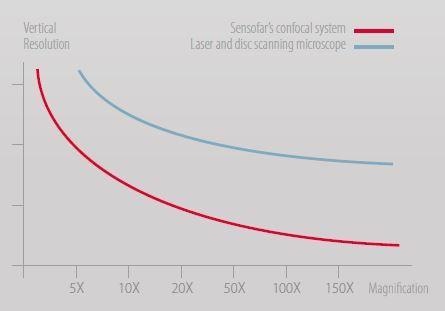
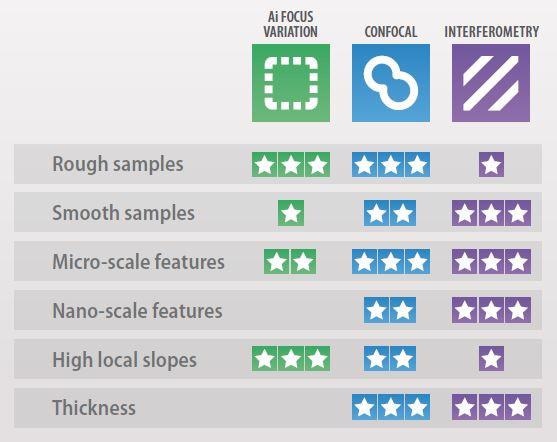
Features that Make the Difference
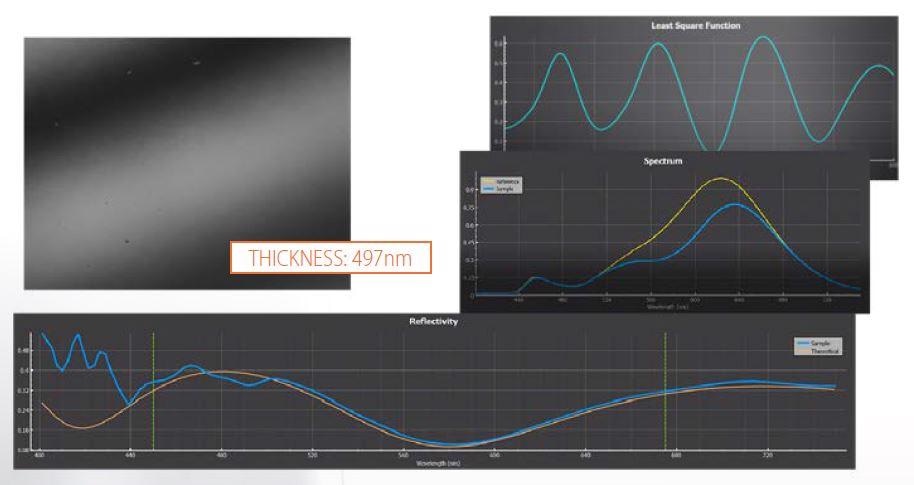
Thin FilmNEW
The thicknesses of optically transparent layers are measured quickly, accurately, and non-destructively with the thin film measurement technique, which additionally requires no sample preparation. The reflectance spectrum of the sample in the visible range is acquired by the system and compared with a simulated spectra calculated by the software, modifying layer thickness until the best fit is found. The system can measure transparent films from 50 nm to 1.5 μm in under one second. The objective magnification, which can be as low as 0.5 μm and up to 40 μm, determines the sample evaluation spot diameter.
Continuous Confocal
Continuous confocal mode is a pioneering step in Confocal measurement technology, which steadily reduces the acquisition time by a factor of 3. It simultaneously scans the in-plane and Z-axis, avoiding the discrete (and inefficient) plane-by-plane acquisition of classical Confocal. It is thus essential in large area scans and large Z scans for reducing acquisition times.
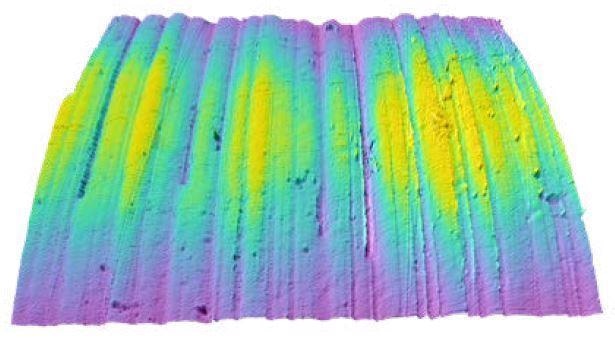
HDR
High Dynamic Range alleviates reflection and drop-out points on very reflective surfaces.
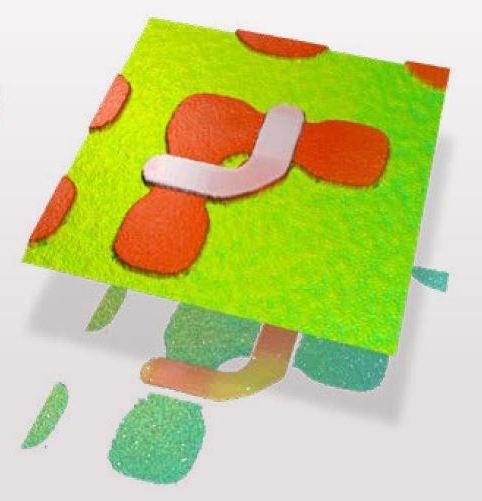
Smart Noise Detection
S neox uses SND, a detection algorithm, to detect certain pixels in which the data is not reliable. This process is done pixel by pixel through S neox without compromising lateral resolution loss, in comparison to other techniques that use spatial averaging.
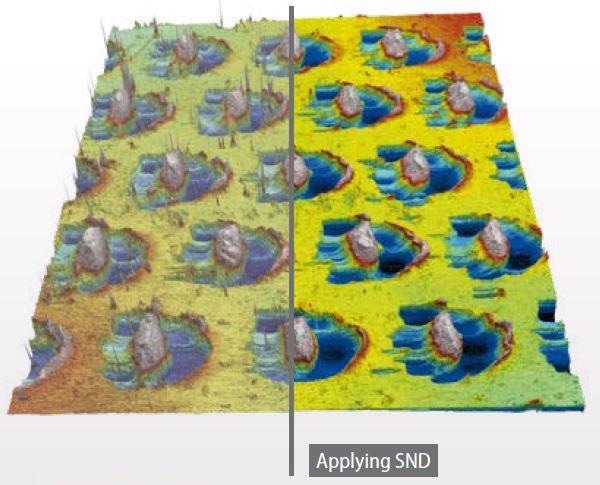
Outstanding Lateral and Vertical Resolution
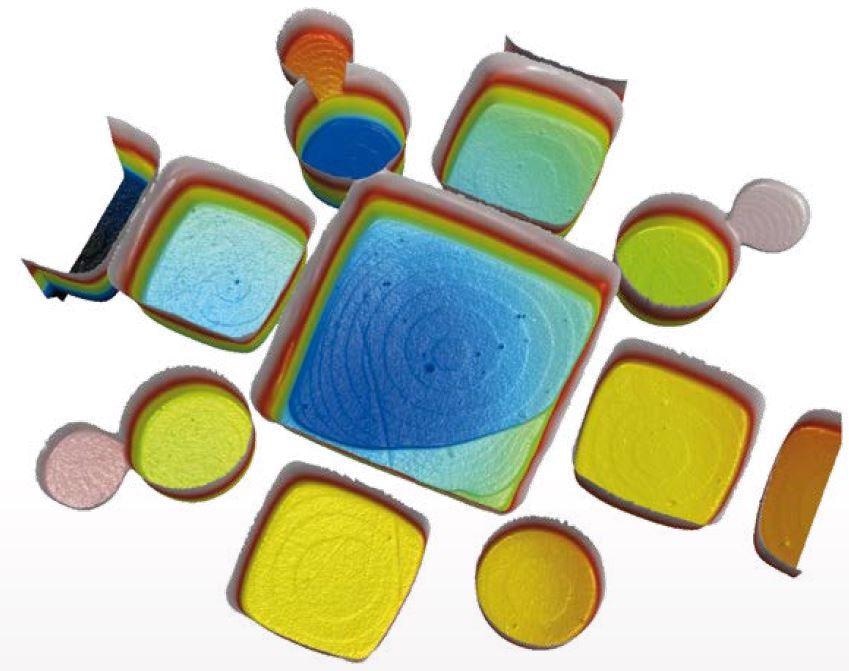
High Resolution
Instrument noise, which is fixed for Interferometry, is dependent of the numerical aperture for Confocal, which limits vertical resolution. Sensofar proprietary algorithms provide nanometer-level system noise for any measurements technique, at the maximum possible lateral resolution for an optical instrument. The topography shown is a subnanometer (0.3 nm) atomic layer. Courtesy of PTB.
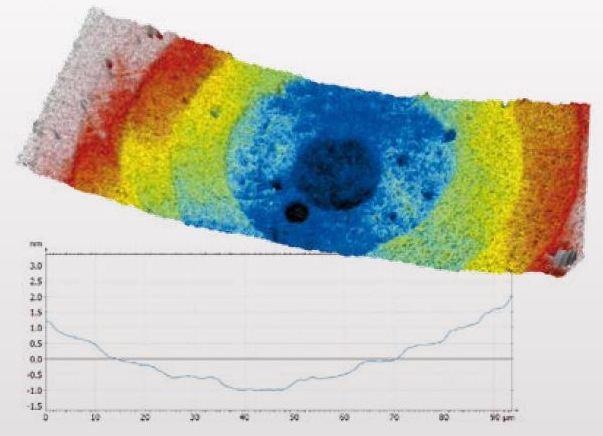
DIC Observation
Differential Interference Contrast (DIC) is used to emphasize minuscule height features which in normal observation have no contrast. An interferential image is created with a Normarski prism, resolving sub-nanometer scale structures not visible in brightfield or confocal images.
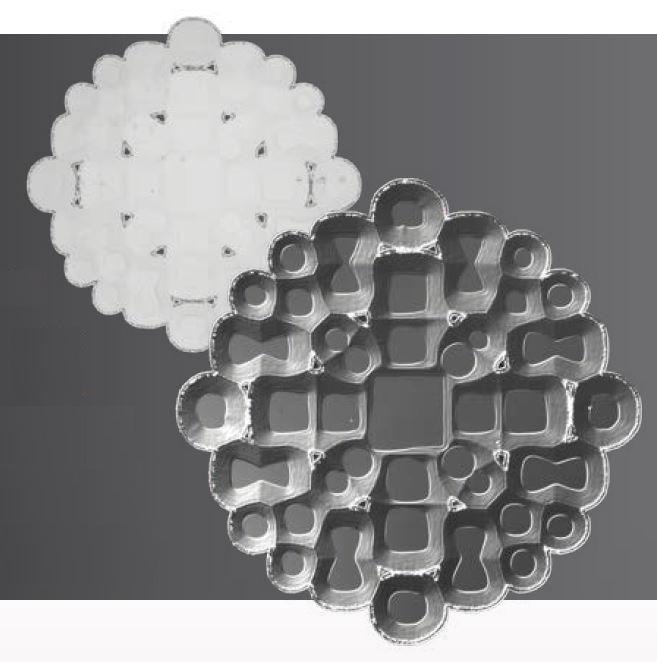
High Slopes
Numerical Aperture (NA) of the microscope objective limits the greatest measurable slope on optically smooth surfaces, while optically rough, or scattering surfaces, provide signal which exceeds that limit. Sensofar algorithms are created to measure up to 71. on smooth surfaces (0.95 NA), and up to 86. on rough samples.
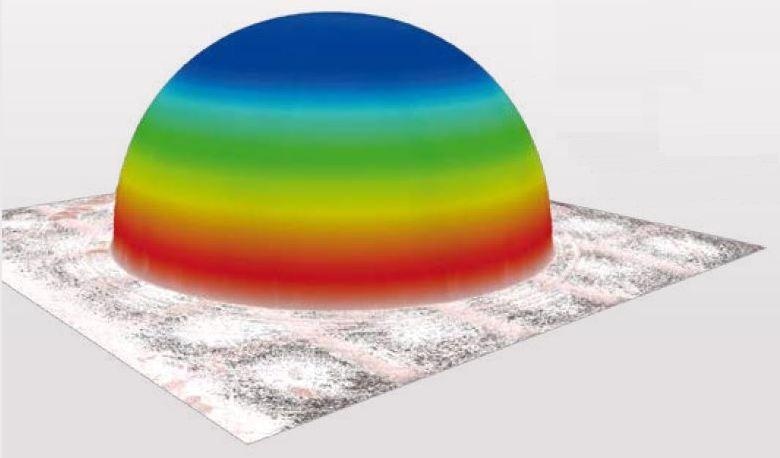
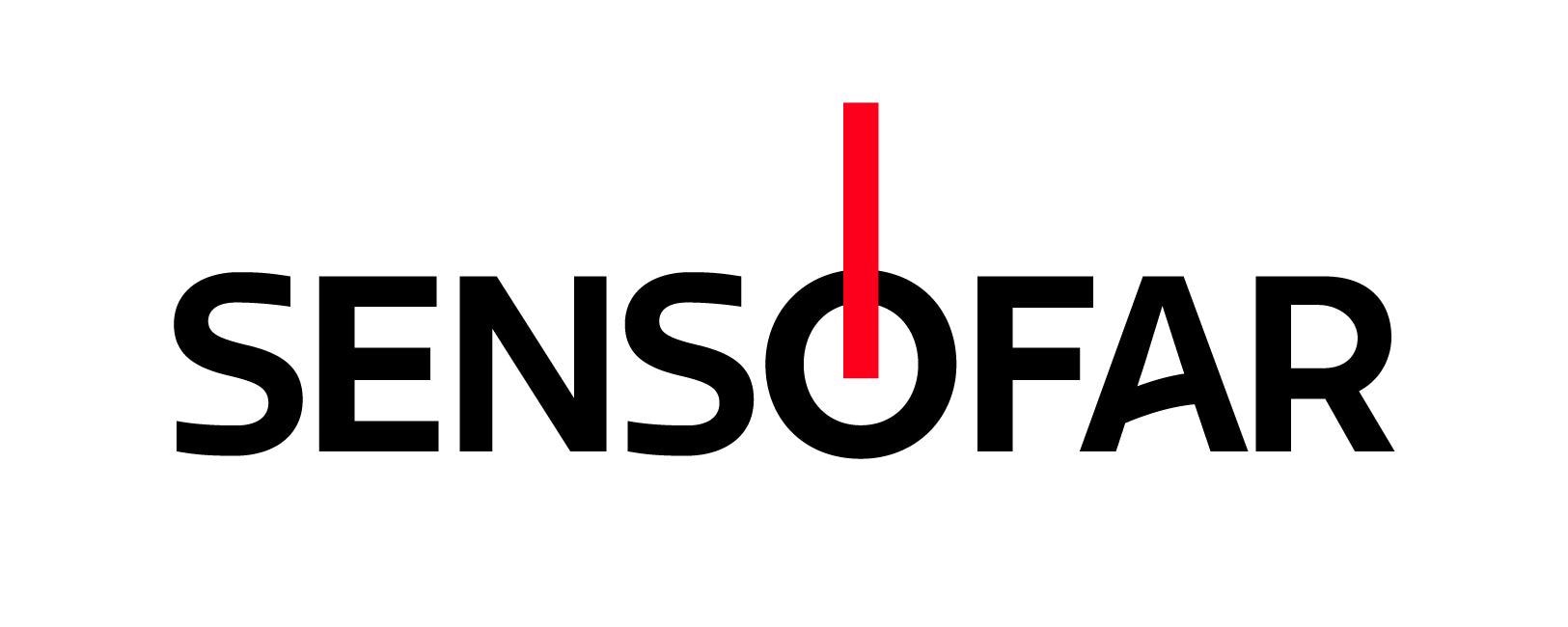
This information has been sourced, reviewed and adapted from materials provided by Sensofar.
For more information on this source, please visit Sensofar Metrology.